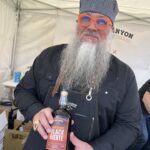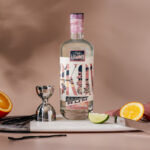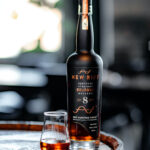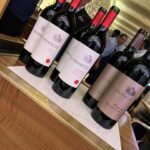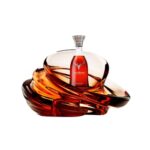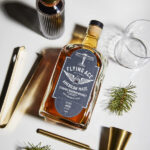The Educated Palate: Summer Sippin and Grillin in Florida, by Scott Richardson
It is that time of year when the temperatures consistently are in the low to mid 90s. What better time to start stocking up on your favorite wines, and other beverages, for your guests, and you to enjoy either in your back yard or whilst on vacation. Here are my summer go-to tea/juices, spirits and…
